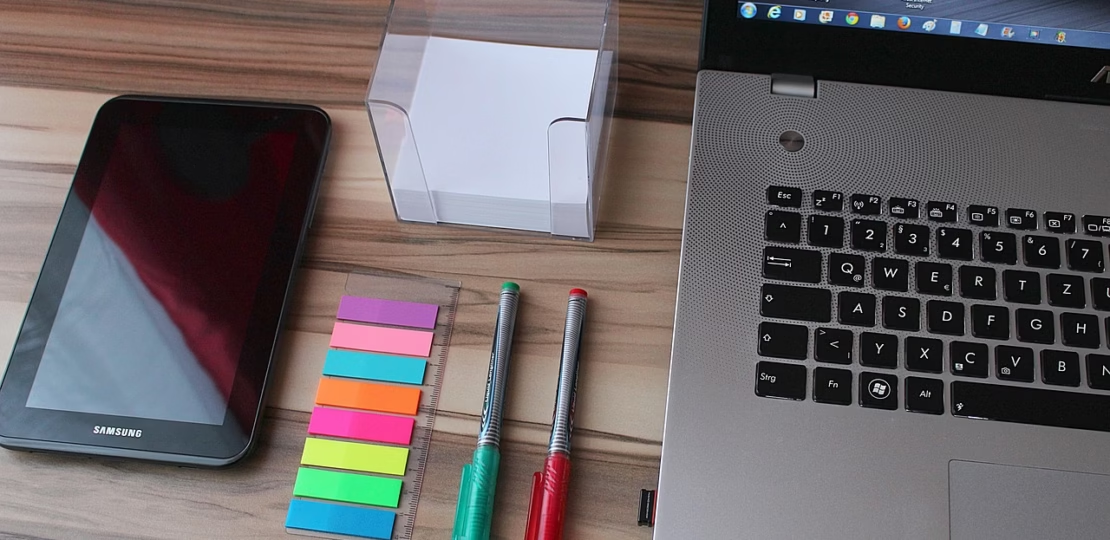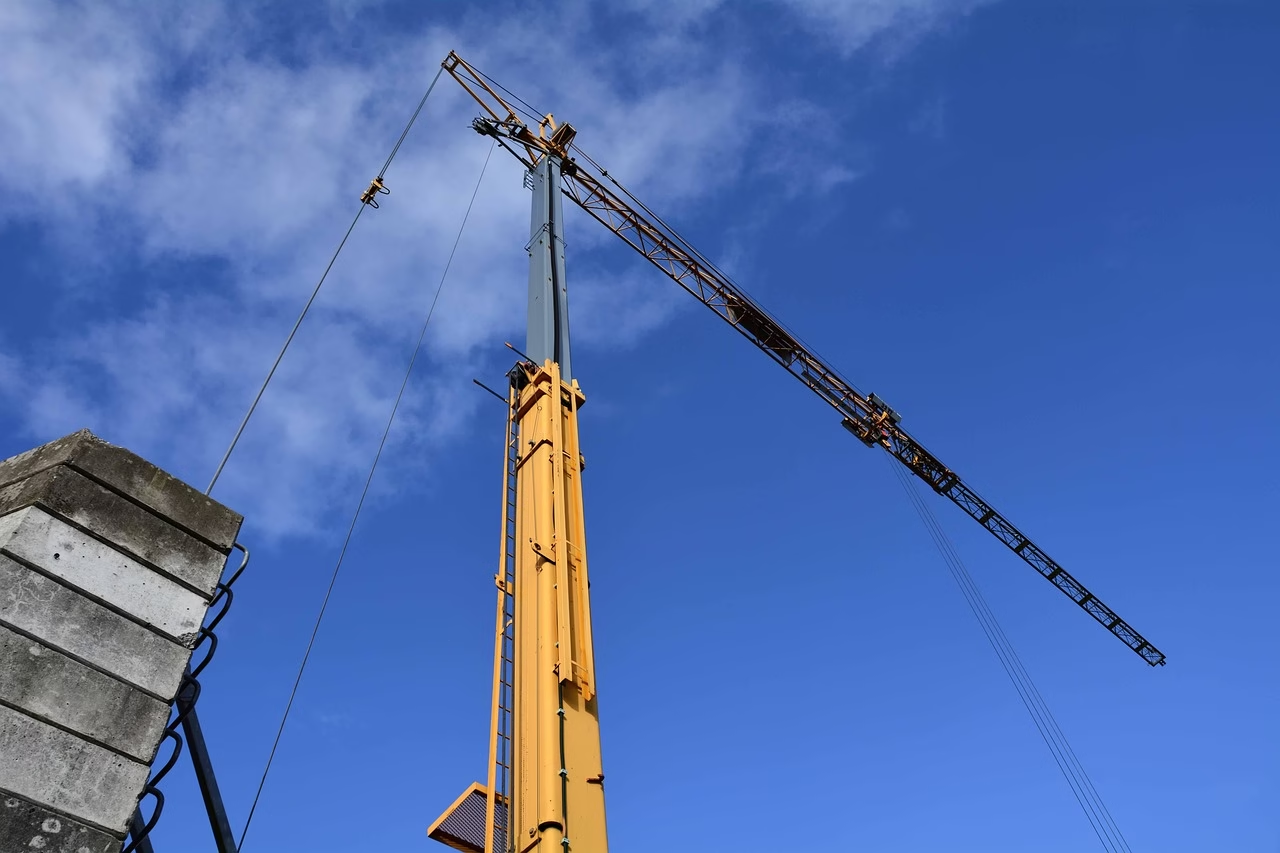There’s no denying it: AI-driven automation is rewriting the rulebook of modern work. As someone who’s spent years in the trenches of workplace strategy, I’ve seen technology evolve from supportive tool to intelligent teammate. But with all this change comes a question I hear almost daily: Are we losing our autonomy at work, or is automation setting us free?
Unpacking the Shift: From Manual to Meaningful
Automation powered by AI has done wonders for eliminating repetitive, low-value tasks. Gone are the days when you had to manually sift through an ocean of emails or grind away at data entry for hours. Now, software can triage your inbox, generate reports, and even anticipate what you’ll need next.
But here’s the double-edged sword: As rote tasks vanish, so does the “buffer time” we once relied on to mentally reset. Autonomy shifts from choosing how and when to do routine work, to deciding how to leverage the time that automation frees up. It’s a new kind of freedom—and responsibility.
Autonomy Reframed: Choice, Not Just Control
Traditional autonomy was all about managing the “how” and “when” of your workload. Now, in environments layered with smart automation, autonomy means something more profound: you have the opportunity to shape your role, not just your daily to-dos.
AI tools supply recommendations and shortcuts, but humans still curate priorities, spot opportunities, and inject creativity where algorithms fall short. The trick is not to fight automation, but to partner with it. Make technology your co-pilot, not your competitor.
How You Can Take Back the Wheel:
- Design your day: Use analytics from your daily digital habits (many tools offer this) to see which tasks bog you down and identify new ways to approach them.
- Build your own dashboard: Don’t just use what’s handed to you. Tailor your own system of apps and notifications so only the essentials break through the noise.
- Set boundaries for deep work: Tell your AI tools when to “quiet down”—use focus modes or scheduled do-not-disturb periods. Preserve blocks for tasks that need real brainpower and creativity.
Task Discretion in the Age of Smart Systems
Let’s talk about task discretion: your ability to decide how to tackle work. While AI can optimize sequences, highlight urgent emails, and nudge you toward “best practices,” the final decision-making layer stays human. No algorithm can yet replicate your intuition, empathy, or ability to weigh context.
Instead of fearing that automation will make roles robotic, think of it as a permission slip for more meaningful contributions. Employees who lean in and learn to orchestrate both machine-driven tasks and uniquely human skills—like problem-solving and empathy—will see their discretion and impact multiply.
Practical Action Steps for the Empowered Employee
- Audit your current workload: List out your most repetitive tasks. For each, seek an AI-powered tool that can automate or streamline it.
- Upskill for the future: Dedicate 30 minutes a week to learning about your organization’s latest automation platforms, or take a micro-course on digital productivity.
- Champion your autonomy: Proactively suggest process improvements in meetings. When you spot an opportunity for automation, pitch it. Expect to be asked: “What will you do with the time you save?” Have an answer ready!
The way we work is changing—fast. But within this new landscape is a chance to shape your future at work, not just react to it. AI-driven automation isn’t about giving up control; it’s an invitation to refocus on what matters most, both for the business and for your personal growth.
Own your autonomy, embrace smart tools, and make every workday a little more meaningful than the last.





